 |
| Harbour Training Ship - HMNB Portsmouth |
HMS Bristol is a Type 82 destroyer, the only vessel of her class to be built for the Royal Navy. Originally intended as the first of a class of large destroyers to escort the CVA-01 aircraft carriers projected to come into service in the early 1970s, Bristol turned out to be a unique ship: the rest of the class were cancelled with the CVA-01 carriers in the 1966 Strategic Defence Review. Following a long career which included the Falklands War, she was converted into a training ship in 1987 and continues to serve in that role.
Construction:
Bristol's hull was laid down by Swan Hunter & Tyne Shipbuilders Ltd on 15 November 1967. She was launched on 30 June 1969, accepted into service on 15 December 1972 and then commissioned on 31 March 1973. Her estimated building cost was £24,217,000.
Design:
The Type 82 was loosely based on the layout of the County-class destroyer and the Type 12 Leander-class frigate (hence the inclusion in the escort Type numbering system.)
The vessel was powered by a combined steam and gas (COSAG) plant, and was the last warship designed for the Royal Navy to be powered by steam. The steam plant vented through the large fore funnel while the gas plant exhausted though a side-by-side pair of after funnels (on either side of the extensive air intakes and filters for the gas turbines), giving rise to a unique three-funnelled layout.
Weapon systems:
Bristol saw a number of new systems introduced into the Navy, including the Sea Dart anti-aircraft and Ikara anti-submarine missile systems and was the first Royal Navy ship to carry the 4.5 inch (113 mm) Mk 8 gun. Another addition to the fleet was the new advanced Action Data Automated Weapons System Mk.2 (ADAWS-2), a computer system designed to coordinate the ship's weapons and sensors. ADAWS-2 was a large advance on the rudimentary action information system of its predecessor the County-class destroyers, which was heavily reliant on manual data input.
The Sea Dart (GWS 30) system comprised a twin-arm launcher on the quarterdeck with a pair of radar Type 909 target illumination sets, an improvement over the single radar Type 901 set of the County design. The second weapon system was the Australian Ikara anti-submarine weapon. Ikara was a rocket-powered carrier that could deliver a small homing torpedo out to 10 miles (16 km) from the ship. The Ikara was complemented by a Mark 10 Limbo anti-submarine mortar.
The single 4.5 inch (113 mm) Mark 8 gun was not intended as an anti-aircraft weapon, and as such had an elevation of only 55°. The weapon was designed specifically for reliability over rate of fire, allowing only a single mounting to be shipped, and the comparatively low rate of fire of 25 rounds per minute was ample for the intended anti-ship and shore-bombardment roles. Bristol, although capable of landing a Westland Wasp helicopter on the quarterdeck, lacked a hangar and aviation facilities and thus had to rely on external air support.
Electronics:
The original design called for a long range 3-D air search radar to be fitted, and early drawings and artist's impression show a large dome on the bridge to carry this set. A similar set was to be fitted to the CVA-01 design. However, the projected Anglo-Dutch system never materialised, and instead she was fitted with the venerable radar Type 965 air search radar, with a "twin bedstead" AKE-2 antennae, on a stump foremast. Radar Type 992Q low-angle search was carried on the tall, slender mainmast and as such the electronics fit had not advanced significantly from the County class. Type 909 sets were shipped fore and aft for Sea Dart fire control, allowing two targets to be engaged at any one time.
The main advance in the design was with how the sensor data was processed and displayed. The ADAWS-2 system, based on two Ferranti FM1600 computers, integrated the identification, tracking and engagement of targets into a single system. ADAWS-2 could accept input from any of the ship’s radars or sonars, identify targets and produce continuous track histories. Using this information it could evaluate threat levels and control the engagement of targets using the relevant weapons systems. The whole process occurred almost automatically, requiring only oversight and command from the human operator. This new generation of warship would be commanded from an operations room within the ship rather than the traditional location of the bridge.
Systems:
ADAWS-2 combat direction system
1 x radar Type 965 2D air warning, later;
1 x radar Type 1022 2D air search
1 x radar Type 992Q low-angle target indication
2 x radar Type 909 Sea Dart target illumination
1 x radar Type 978 (later 1006) navigation
1 x sonar Type 170 search
1 x sonar Type 184 target indication
Active service:
The role which Bristol was built for never materialised, and she consequently spent most of her service in the 1970s trialling and building up experience using new weapons and computer systems. A major boiler fire in 1974 destroyed the steam plant. Older ships might have been crippled by this, but Bristol was able to operate for three years using only her gas plant, demonstrating its flexibility and utility. The steam plant was repaired in 1976. In 1979 she was fitted out for frontline service with ECM, Corvus countermeasures launchers and a pair of World War II-era Oerlikon 20 mm cannon. During this refit the Limbo weapon was removed; its well was later used as a makeshift swimming pool.
Falklands War (1982):
Bristol was suitable for use as a flagship as she was large enough to embark the extra staff members necessary for this role. She served as the Royal Navy flagship during the 1981 Ocean Safari exercise. After a short refit, during which the mortar well was plated over to allow the landing of large helicopters on the quarterdeck, she joined the Royal Navy task force in the South Atlantic in the 1982 Falklands War. Bristol led the Bristol group of reinforcement ships south and then joined the carrier battle group, Task Group 317.8. On 23 May she engaged targets with Sea Dart but did not record a hit. After the destroyer Coventry was hit and subsequently sunk on 25 May, Bristol took over her anti-aircraft role. When the aircraft carrier Hermes, the flagship, went home, Bristol took over as flagship until 17 September (seemingly with Rear Admiral Derek Reffell aboard), returning to the UK after being relieved by the carrier Illustrious.
On return to the UK she entered a refit and, in light of the lessons of the conflict, had her light anti aircraft weapons augmented with a pair of twin Oerlikon/BMARC 30 mm GCM-A03 and a pair of single Oerlikon/BMARC 20 mm GAM-B01 guns. Loral-Hycor SRBOC countermeasures launchers were also added to augment the elderly Corvus launchers.
Return from Falklands (1983-1987):
With the Royal Navy short on hulls after damages and losses incurred in the Falklands, Bristol remained in commission and made several overseas deployments until paid off for refit in 1984. Another boiler explosion when entering refit caused extensive damage that had to be repaired. The major work undertaken in the refit was to replace the obsolete radar Type 965 with the new Type 1022 for long-range air search duties. The Ikara system was removed; it was intended to replace it with two triple STWS-1 launchers for 324 mm anti-submarine torpedoes, but they were never fitted.
By the 1990s the ship was becoming increasingly outdated. As the fleet downsized, maintaining a unique vessel over 20 years old when plenty of other air defence destroyers were in commission no longer seemed worthwhile. In 1987 she replaced the County-class destroyer Kent as the Britannia Royal Naval College training ship, for which duties she had extra accommodation and classrooms added.
Training ship:
HMS Bristol was paid off in 1991 and refitted to again replace Kent, this time as the training ship located at the shore establishment HMS Excellent. Bristol is permanently berthed at Whale Island, Portsmouth and is primarily used as a training ship and accommodation ship for Royal Naval personnel and youth organisations. Many young people from the Sea Cadets, the Combined Cadet Force and the Sea Scouts have their first experience of life on board a warship on Bristol. The Air Training Corps and Army Cadets Units are also known to make use of the facilities. The ship has also been used by a number of colleges running the Edexcel BTEC Public Services course.
The ship's company is made up of a mix of Royal Navy and civilian staff.





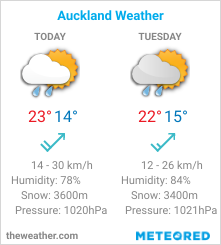
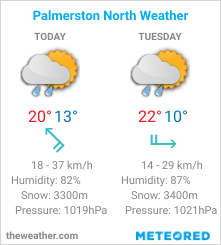
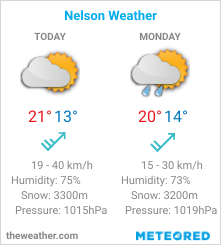
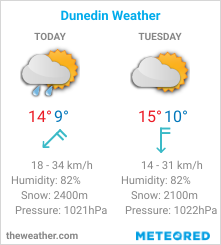
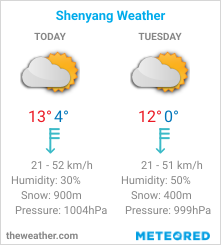
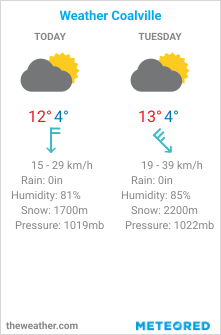
No comments:
Post a Comment
How did you like the post, leave a comment. I would appreciate hearing from you all. Best wishes from JC's Naval, Maritime and Military News